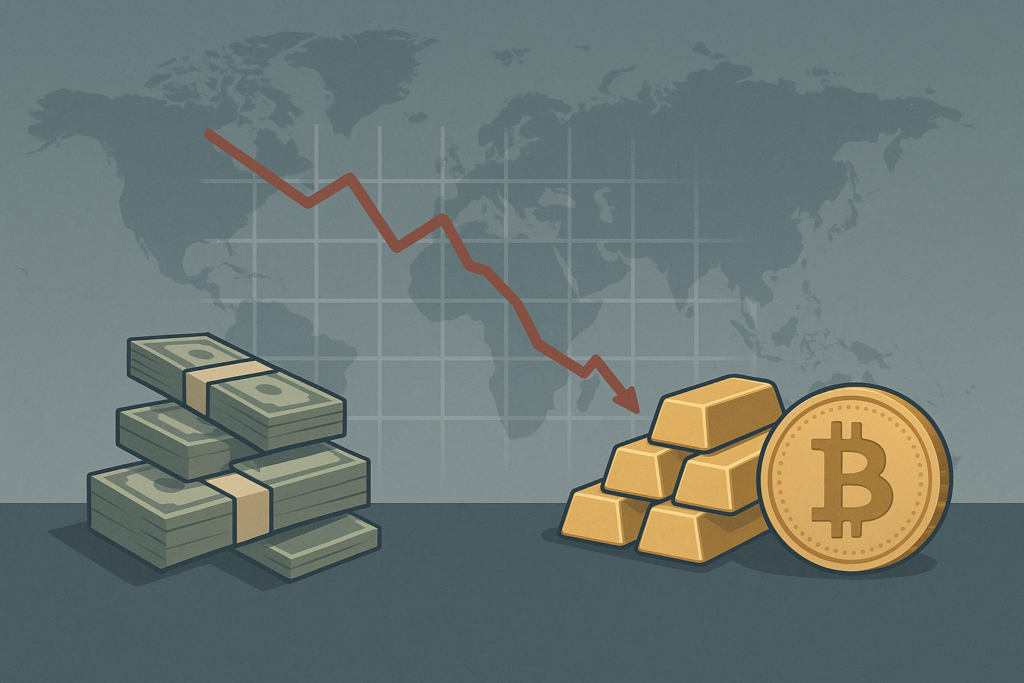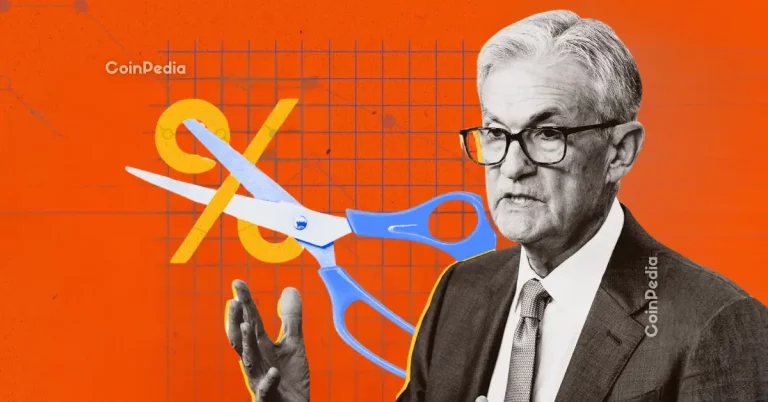
Global Liquidity Squeeze: What It Means for Investors
In the latest analysis by Michael Howell, CEO of CrossBorder Capital, financial markets are bracing for what could be a significant downturn as global liquidity enters a decisive contraction phase. Speaking on the MacroVoices podcast, Howell emphasized the importance of understanding liquidity cycles to navigate the turbulent waters of global finance.
The Global Liquidity Cycle Explained
Howell’s research highlights the global liquidity cycle—the flow of capital through financial markets—which typically spans five to five-and-a-half years. These cycles dictate asset price movements, providing investors with a roadmap for market behavior. According to Howell, the current cycle started around 2020, at the onset of the pandemic, and we are now in the late expansion phase. With global debt estimated at $350 trillion, approximately $70 trillion must be refinanced annually, creating a predictable yet concerning liquidity trend.
Impacts on the Stock Market
The effects of liquidity shifts are beginning to appear, with rising tensions in repo markets serving as an early warning sign. Historically, the S&P 500 reacts to liquidity changes with a six-month lag, signaling potential declines in equity valuations in the coming months. Howell predicts challenging years ahead for equities, with certain sectors like commodities and mining historically outperforming during late-cycle contractions.
Gold and Bitcoin: The Key Investment Hedges
In response to tightening liquidity and increasing global debt pressures, Howell underscores the role of hedging assets like gold and Bitcoin. He forecasts gold prices could reach $10,000 per ounce by the mid-2030s, driven by inflation and the structural expansion of the global money supply. Bitcoin, despite its recent market fluctuations, is seen as a complementary hedge rather than a competing asset.
If you’re considering hedging against financial uncertainty, products like the 1oz Gold American Eagle Coin can offer a secure investment in real assets.
Political and Economic Implications
Political pressures further complicate the global financial picture. With U.S. elections on the horizon, Howell anticipates policymakers will prioritize household-level stimulus over financial market support. Such moves could further impact liquidity trends, pushing investors to seek alternatives like gold and Bitcoin.
Preparing for the Future
As global liquidity dries up, Howell envisions a resurgence of quantitative easing by 2026, with fiat currencies facing debasement. This scenario underscores the importance of diversifying portfolios, focusing on real assets, and staying informed about macroeconomic trends. For investors, now is the time to think strategically and position portfolios for the long term.



